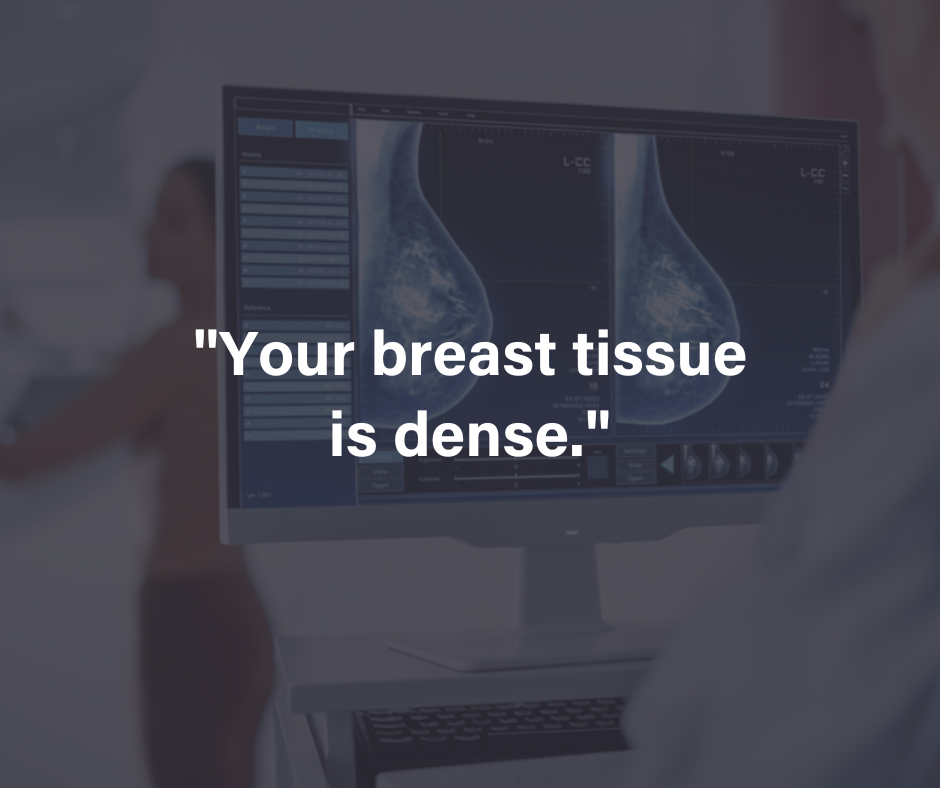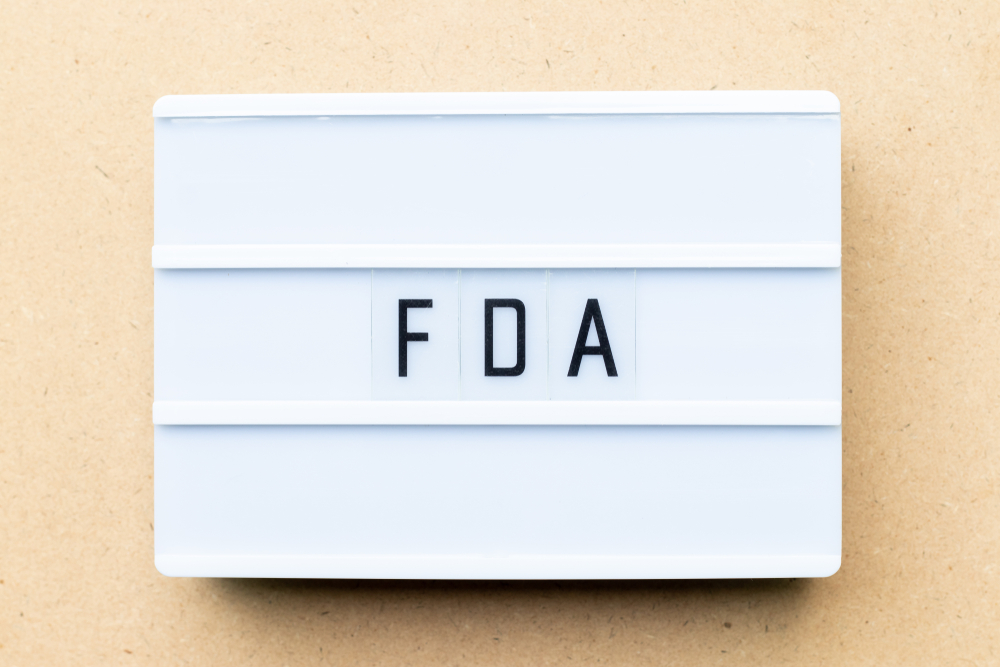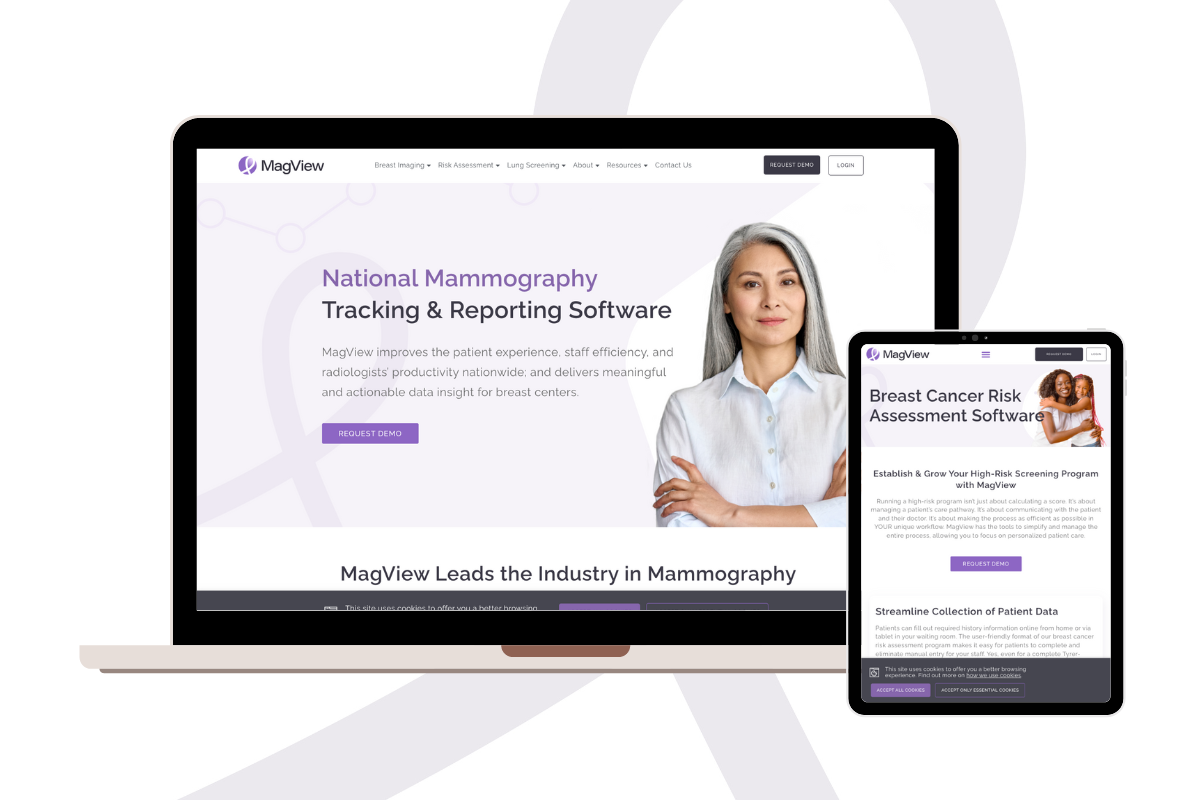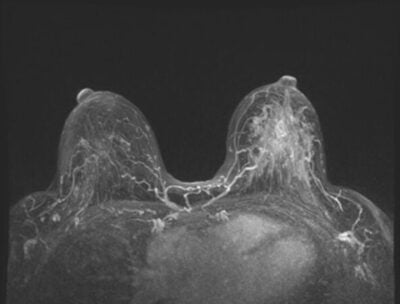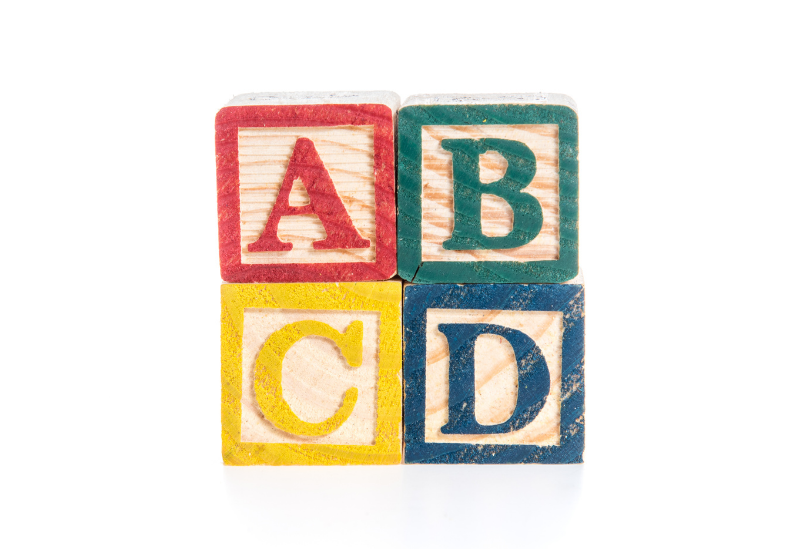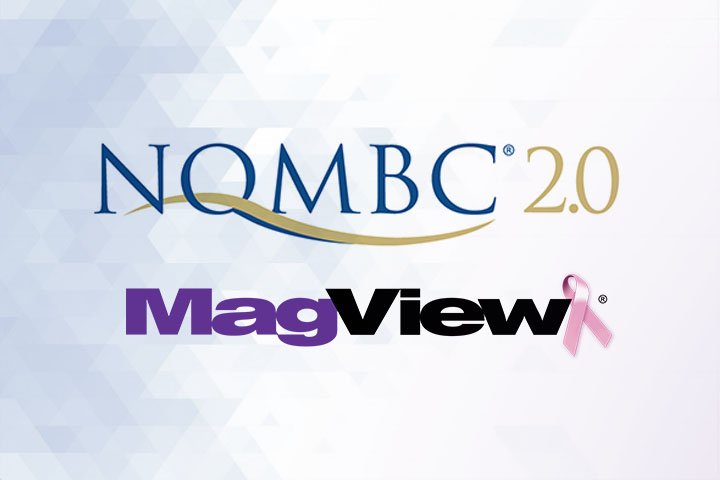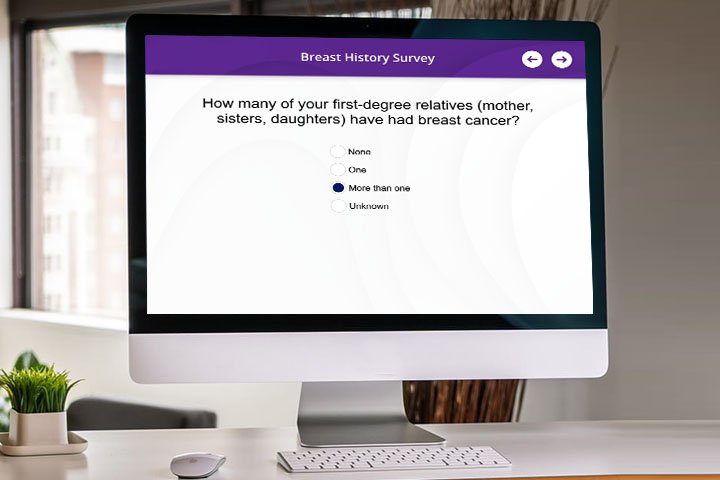A mammogram is a useful tool for early breast cancer detection. Radiologists also use mammogram results to follow-up with additional tests. Flexible BI-RADS reporting options help radiologists to analyze and categorize mammogram results to ensure accuracy and optimal follow up and treatment.
What does BI-RADS stand for?
BI-RADS stands for Breast Imaging Reporting and Data System. The American College of Radiology established BI-RADS in the 1900s as a universal way to describe breast imaging results and findings from mammography, breast MRI, or ultrasound.
Why does my breast center use BI-RADS? What do they do with them?
Doctors use BI-RADS to describe mammogram results and findings. BI-RADS aids in early breast cancer detection and simplifies risk assessment and follow up.
What do the BI-RADS categories mean?
BI-RADS categories describe the results of a mammogram, breast MRI or ultrasound so breast imaging centers can respond appropriately. The ranking is as follows:
Category 0
A BI-RADS score of 0 indicates incomplete or inconclusive results. It means additional imaging may be needed, or an evaluation of previous imaging is necessary.
Category 1
A Category 1 BI-RADS score means that no cancer was found and breasts are of equal density. This indicates a negative mammogram result, but routine and consistent breast cancer screening is still crucial to assess future risks and changes.
Category 2
A BI-RADS 2 indicates that a benign cyst or mast was detected, but mammogram results are still normal and negative for cancer. as also a normal mammogram with negative results, mammogram was normal and the results were negative, but the imaging found a benign cyst or mass. Routine visits are commonly recommended after a Category 2 score to track progress and changes of the cyst.
Category 3
A Category 3 BI-RADS score is a normal mammogram that holds a 2% chance of future cancer. A follow-up mammogram within 6 months is important for risk assessment.
Category 4
When a patient receives a BI-RADS score of 4, it means the breast imaging has found an abnormality with a 20% to 35% chance of cancer. A biopsy helps the doctor to test a small tissue sample to confirm the results.
Category 5
A BI-RADS score of 5 represents a 95% or greater chance of breast cancer. A biopsy confirms the results and allows doctors to create a treatment plan.
Category 6
When the presence of cancer is confirmed, the patient receives a Category 6 BI-RADS score. This category also shows how cancer responds to treatment.
How Often Is BI-RADS 0 Cancer?
A BI-RADS 0 comes with a patient results letter stating that further testing is needed, so it’s natural to be worried. However, unlike other BI-RADS categories, a score of 0 is not a diagnosis. Mammogram results can be inconclusive due to overlapped breast tissue, calcifications, or technical error, none of which indicate cancer.
Is BI-RADS 4 Always Cancer?
A BI-RADS 4 indicates 20-35% chance of cancer, leaving a 65-80% of no cancer. Radiologists assign a BI-RADS score of 4 in order to assure that follow-up happens for early breast cancer detection and a more optimal outcome if cancer is present.
Should I keep track of my BI-RADS?
Doctors use patient tracking software to assess, analyze and monitor imaging results so they can keep track of patients and their breast health. You may want to keep track of your BI-RADS score for the following reasons:
- You’re a high-risk patient
- You may want to change your imaging center at some point
- It allows for easier follow-up, diagnosis, and treatment
- Identifying abnormalities early allows for early breast cancer detection
- Shows progressive health of your breasts
How Can I Track My Risk For Breast Cancer?
Check out our online breast cancer risk calculator to help you understand your personal risk for breast cancer.

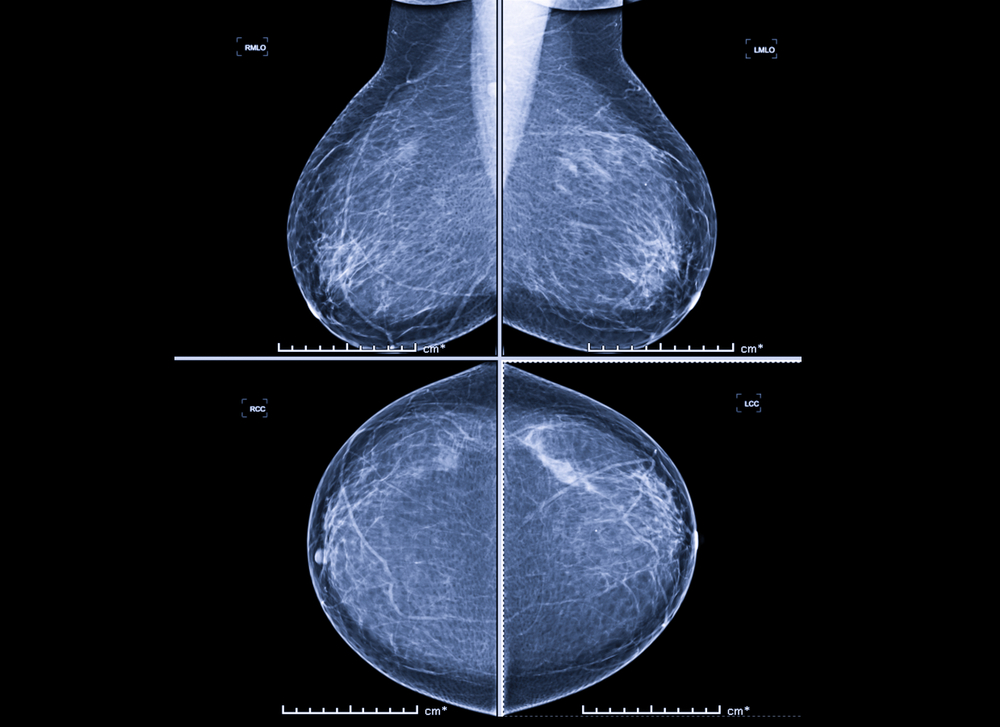

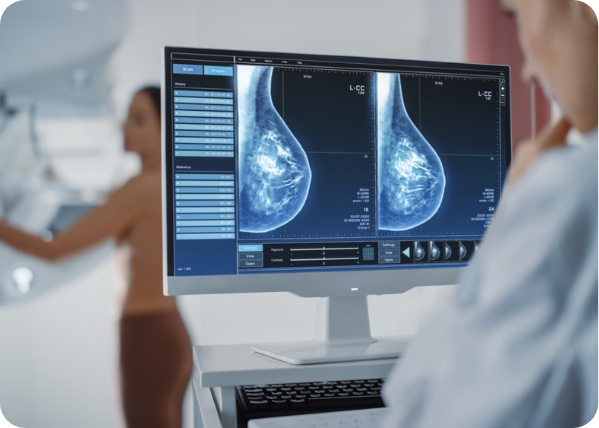


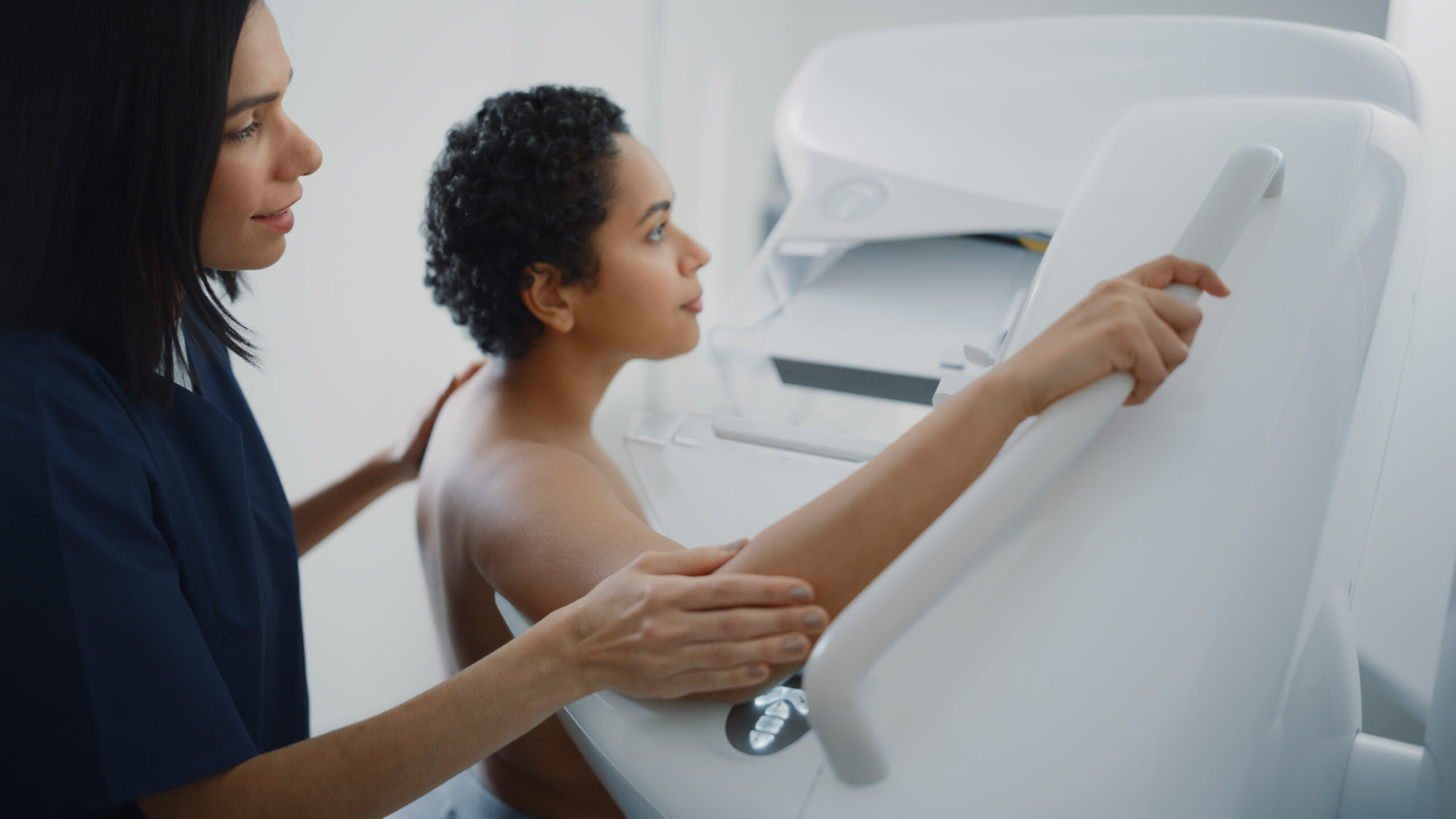
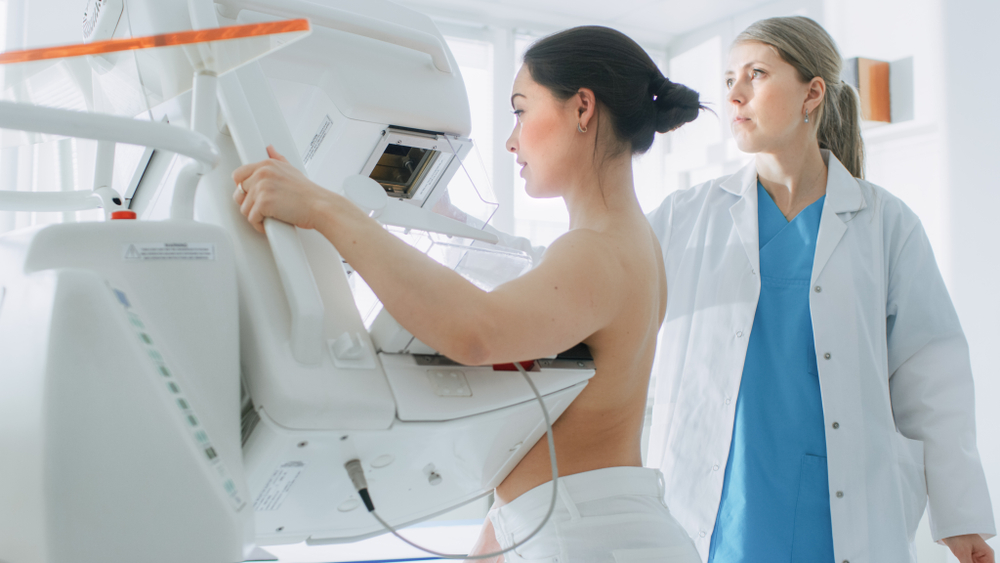
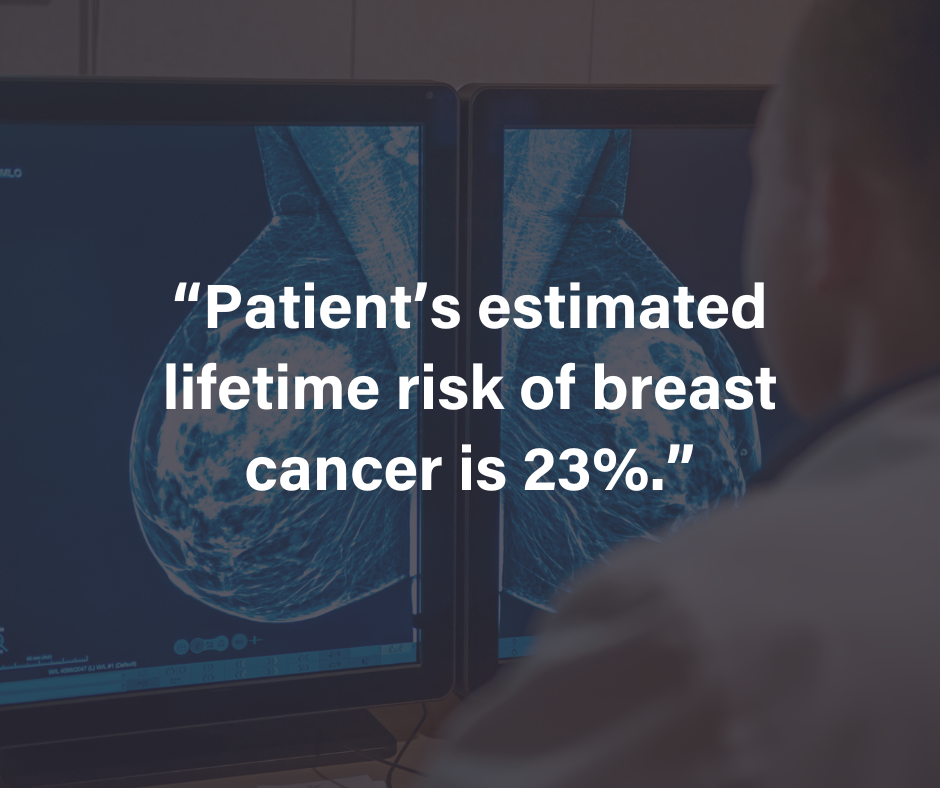
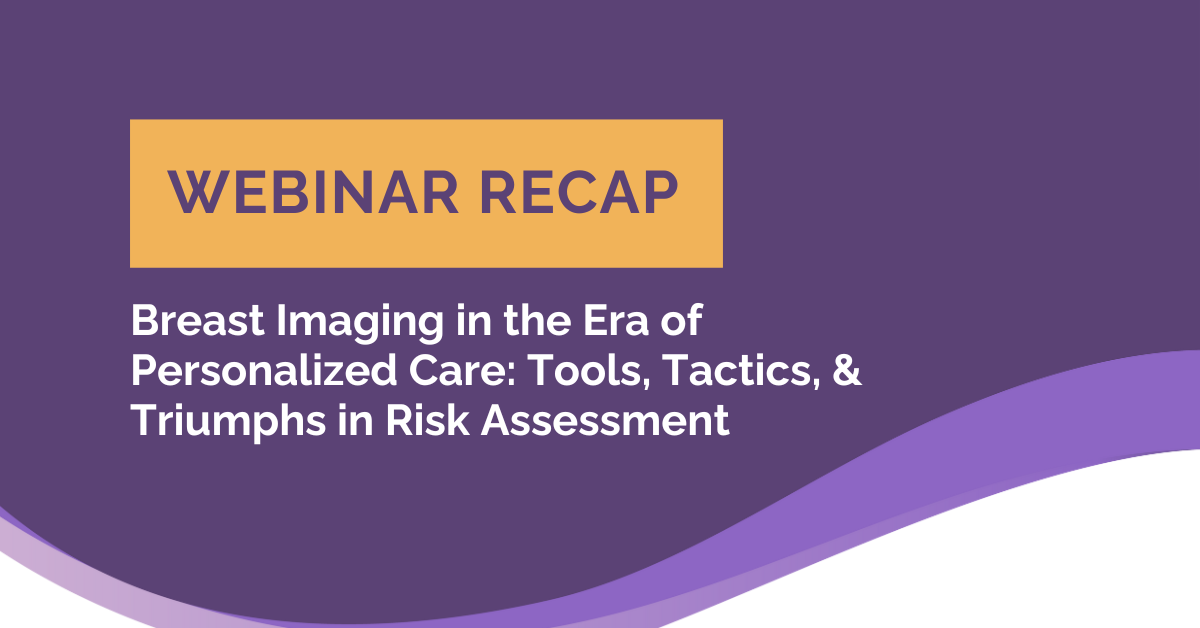
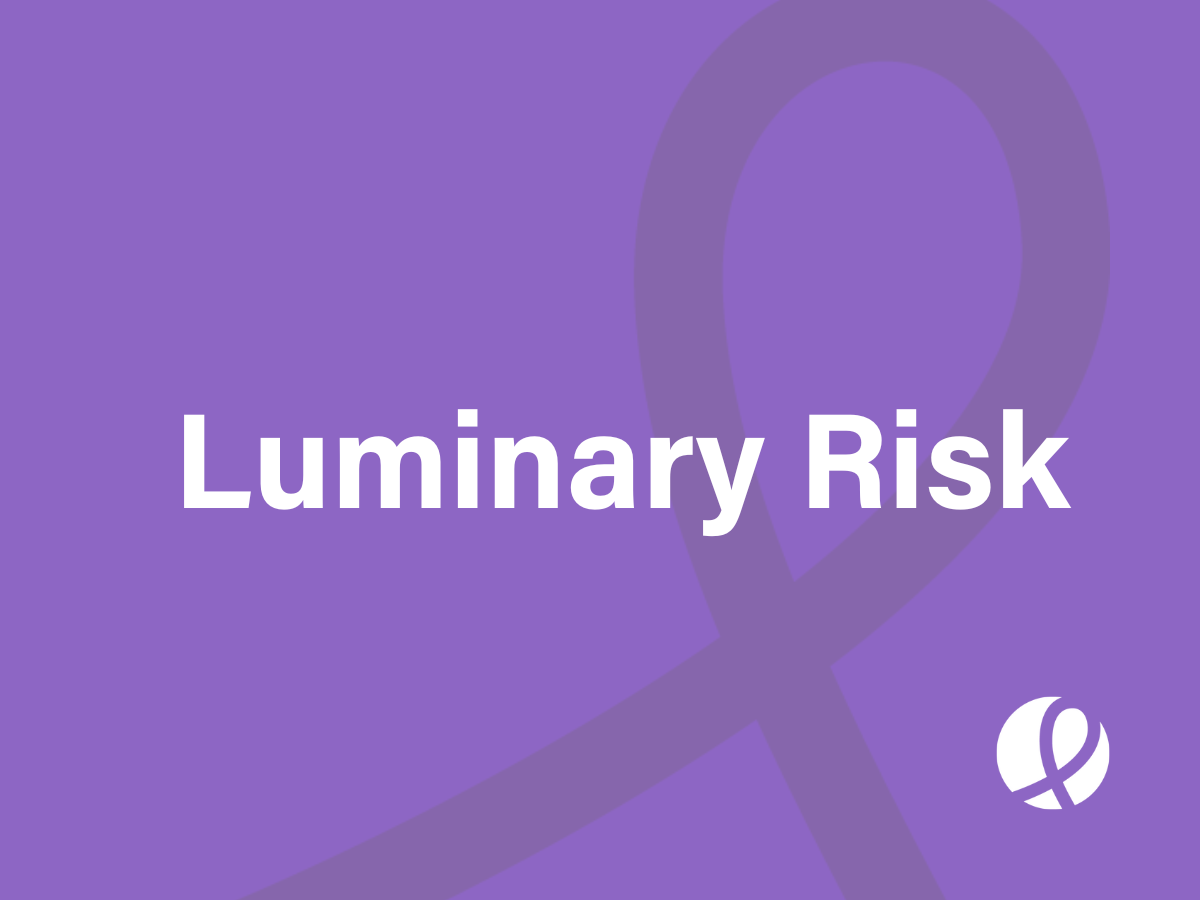





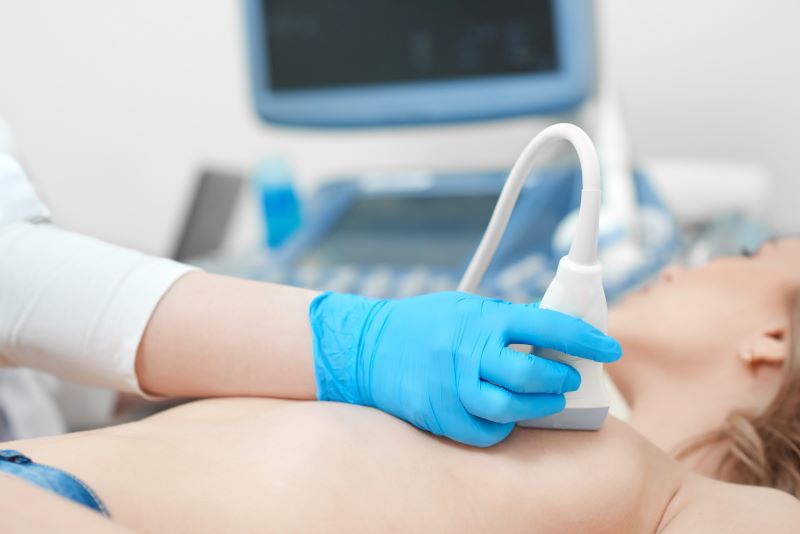
![monitoring breast density shutterstock_1299510538-[Converted]](https://magview.com/wp-content/uploads/2023/05/shutterstock_1299510538-Converted.jpg)

